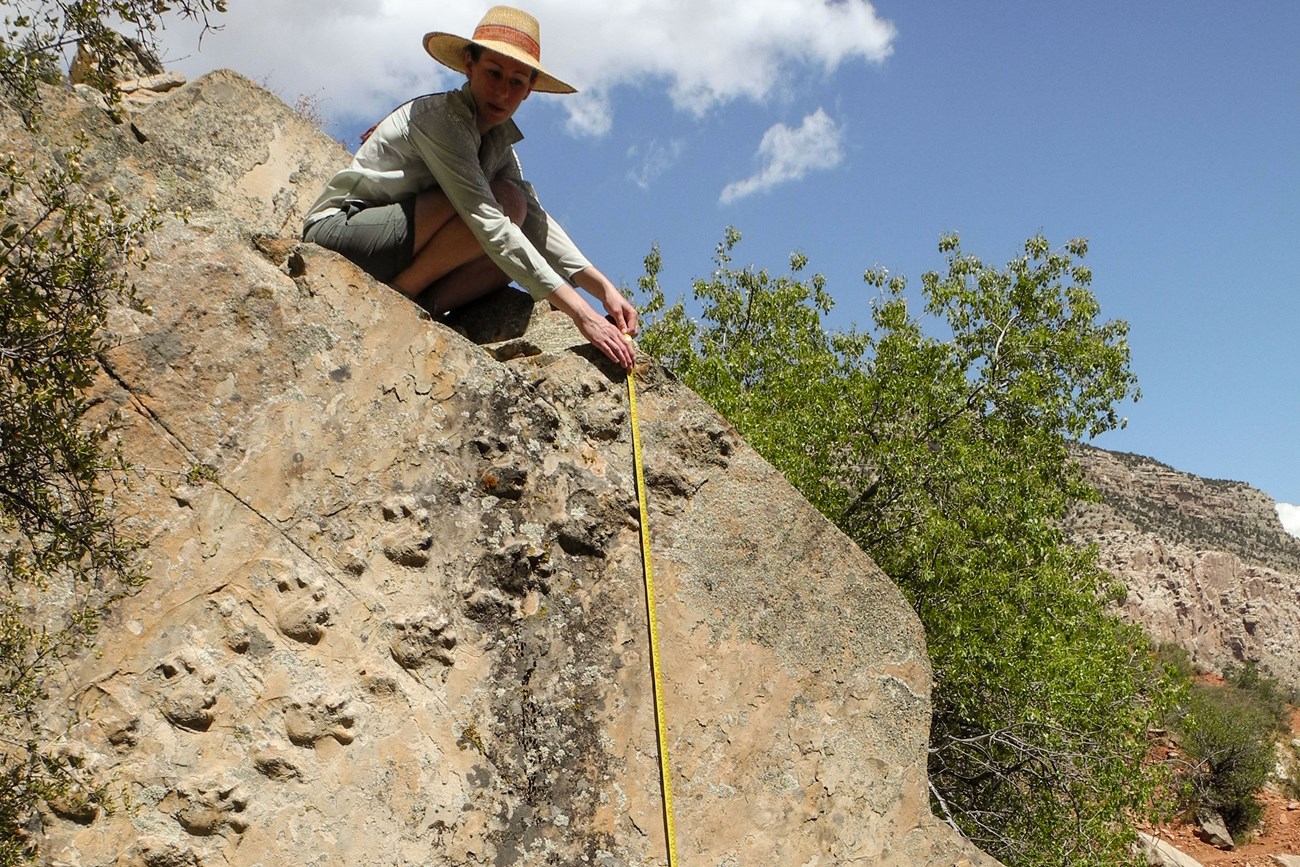Part of a series of articles titled Fundamental Geologic Principles.
Article
Geologic Principles—Organic Evolution

Organic evolution is the theory that more recent types of plants and animals have their origins in other pre-existing forms and that the distinguishable differences between ancestors and descendents are due to modifications in successive generations. Charles Darwin (1809–1882) did not invent the idea of organic evolution; generations preceding him entertained the notion such as the French zoologist Jean Baptist de Lamarck (1744–1829), a pioneer in invertebrate paleontology, and Erasmus Darwin (1744–1802), grandfather of Charles. Until Charles Darwin’s time, however, the idea had never had wide currency because earlier workers lacked important data and the Huttonian concept of geologic time, which are both vital for the evolutionary argument. Charles Darwin’s contribution was to propose a mechanism—natural selection—to explain how this change could occur.
Because sufficient time is required to produce changes, one of the first requirements of evolution came out of uniformitarianism. This idea provided the first link in Darwin’s chain of reasoning. The relationship between organic evolution and geologic time is that the very randomness of very small, fortuitous evolutionary variations in species, which result in noticeable changes in the physical form of an organism, requires enormous amounts of time. Building on uniformitarianism, Darwin constructed a singularly rational and convincing argument for the origin of the diverse organisms that populate the world.
In his work, On the Origin of Species, first published in 1859, Darwin demonstrated the existence of organic evolution to scientists and non-scientists alike. Geologic thought, indeed all philosophical thought, has never been the same. Eicher (1976) provides the following summary:
- Populations of animals and plants produce progeny at such a rate that were they all to survive, they would increase rapidly year after year.
- Spectacular progressive increases in population size do not, in fact, occur. Although most populations fluctuate year by year, they remain essentially constant over the long term.
- A very real struggle for existence occurs in nature. Each individual must compete for food and must cope successfully with every facet of the environment—both physical, such as climate extremes, and biological, such as diseases and predators—in order to live to produce progeny.
- Each individual differs from virtually all others in its species. By Darwin’s time, striking variation in domestic animals had already been produced by selective breeding. Darwin noted that species in nature had similar potential for modification.
- Here Darwin made a break with all previous suggestions on the subject. Instead of postulating that modifications are induced by the environment and are then passed on from generation to generation, he suggested that new characteristics arise from within an organism entirely by chance. (We now know that these arise as genetic mutations.) However, not all of these new characteristics will have adaptive significance or survival value, and many may even be lethal.
- Some of the new characteristics enhance an individual’s success in coping with the environment and may even allow the organism to push beyond previous environmental barriers. Others will be unsuccessful, and individuals with these modifications will simply not survive to pass them along; Darwin termed this process natural selection.
At the same time as Darwin, but unbeknown to him, another scientist, Gregor Mendel (1865), demonstrated that organisms acquire traits through “discrete units of heredity,” later to become known as genes. Much later, scientists in the 1930s showed that genes are the ultimate source of variation within a population. That is, all variations arise through changes, called mutations, in genes. If a mutation enables an organism to survive or reproduce more effectively, that mutation tends to be preserved and spreads in a population through natural selection. Hence, evolution depends on both natural selection and genetic mutations: mutations provide abundant genetic variation, and natural selection sorts out the useful changes from the deleterious ones (Kennedy et al. 1998).
With the discovery of DNA (deoxyribonucleic acid) in 1953 by Francis Crick and James Watson, the study of evolution entered yet another phase, taking it to its most fundamental level. Crick and Watson found that DNA contains the genetic instructions used in the development and functioning of all known living organisms. Chemically DNA is a long polymer of simple units called nucleotides, with a backbone made of sugars and phosphate atoms joined by ester bonds. Attached to each sugar is one of four types of molecules called bases. It is the sequence of these four bases along the backbone that encodes information, and the main role of DNA is the long-term storage of information. Eukaryotic organisms such as animals, plants, and fungi store their DNA inside the cell nucleus, while in prokaryotes such as bacteria it is found in the cell’s cytoplasm. Within cells, DNA is organized into structures called chromosomes and the set of chromosomes within a cell make up a genome. These chromosomes are duplicated before cells divide, in a process called DNA replication.
DNA is the ultimate source of both change and continuity in evolution. The modification of DNA through occasional changes or rearrangement in the base sequences underlies the emergence of new traits, and thus of new species. At the same time, all organisms use the same molecular codes of the four DNA base sequences. This uniformity in the genetic code is powerful evidence for the interrelatedness of living things, suggesting that all organisms presently alive share a common ancestor that can be traced back to the origins of life on Earth (Kennedy et al. 1998).
Last updated: September 27, 2018
